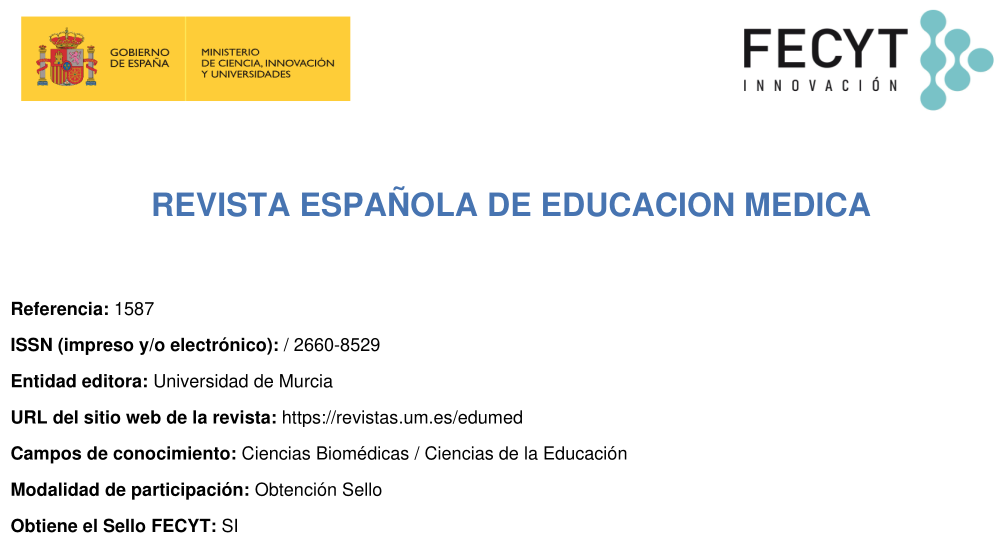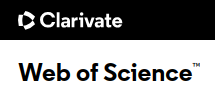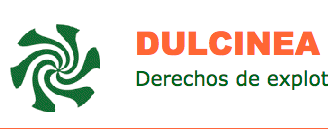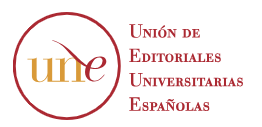Adaptación cultural y validación de una escala para evaluar indicadores de calidad en educación médica: La Escala de Coherencia Interna
Resumo
Antecedentes: Aunque se dispone de información sobre el desempeño de los estudiantes, los datos sobre prácticas y procesos organizacionales que los líderes educativos pueden establecer para fomentar la mejora en sus centros son más limitados. Este estudio presenta el proceso de adaptación cultural y validación de una escala con estos propósitos: la Escala de Coherencia Interna (ECI), para su aplicación en el contexto español de la Educación Médica. Métodos: La adaptación cultural incluyó: traducciones directas y retro-traducciones, llegando a un cuestionario pre-final que se sometió a una prueba Pre-test. La validación incluyó un análisis de la concordancia (fiabilidad inter-observador). Participaron 17 profesores de distintas asignaturas de una Facultad de Medicina. Resultados: El cuestionario obtenido mantuvo los 58 items originales distribuidos en 11 factores. Se consideró nominar como “Factor” un apartado con una sola pregunta (factor 8). Tras el pre-test se realizaron 7 modificaciones adicionales en las preguntas y se ofreció un glosario de términos. En el análisis de concordancia, en solo 8 preguntas (15,3% del total) las respuestas de los encuestados fueron diferentes de una valoración a otra. El factor 10 (“Procesos de Equipo”) fue el que tuvo más preguntas significativamente diferentes (3). Conclusiones: La nueva versión obtenida del ECI está adaptada para su uso en el ámbito de la educación médica española, presentando muy buenos índices de concordancia
Downloads
Metrics
-
Resumo529
-
pdf (Español (España))696
-
pdf 696
Referências
Davis, M. H., Karunathilake, I., Harden, R. M. AMEE Education Guide no. 28: The development and role of departments of medical education. Medical teacher, 2005;27(8), 665-675.
Harden RM, Grant J, Buckley G, Hart IR. BEME Guide No. 1: Best Evidence Medical Education. Med Teach. 1999;21(6):553-62. doi: 10.1080/01421599978960. PMID: 21281174.
Elmore RF. The internal coherence assessment protocol and development framework: Building the organizational capacity for instructional improvements in schools. San Francisco (CA): Strategic Education Research Partnership, 2014.
Forman ML, Stosich EL, Bocala C. The Internal Coherence Framework. Creating the conditions for continuous improvement in schools. Cambridge (Mas): Harvard Education Press, 2018.
Stosich EL. Measuring School Capacity for Improvement: Piloting the Internal Coherence Survey. In A. Bowers, B. Barnett, & A. Shoho (Eds.), Using Data in Schools to Inform Leadership and Decision Making. Charlotte, NC: Information Age Publishing, 2014.
Castillo Blanco, L., Brown, M., Simeonova, R., Ovadias, S., Guerrero Castro, I., Parvanova, Y., Gardezi, S., Sanz Miguel, A., Martín Martín, A., Reyes Pastor, P.A. y Terán Mostazo, V. (2020) Kit de herramientas para la autoevaluación y mejora de centros educativos (Laura del Castillo Blanco y Pedro Antonio Reyes Pastor, trads.). DOI: 10.5281/zenodo.4091736 https://ss21dtip.educarex.es/wp-content/uploads/2020/10/KITHerramientas_SS21DTIP_Espa%C3%B1ol1.pdf
van Zanten M. Accreditation and Recognition of Medical Schools. The European Consortium for Accreditation in Higher Education, 2014 https://ecahe.eu/accreditation-and-recognition-of-medical-schools/
WHO-WFME Task Force on Accreditation: Accreditation of Medical Education Institutions. Report of a technical meeting. Copenhagen, Denmark: October 2004. https://www.who.int/hrh/documents/WFME_report.pdf
Beaton DE, Bombardier C, Guillemin F, Bosi-Ferraz M. Guidelines for the process of cross-cultural adaptation of self-reports measures. Spine 2000;25:3186-3191
Carvajal A, Centeno C, Watson R, Martínez M, Rubiales AS. How is an instrument for measuring health to be validated? An Sist Sanit Navar 2011;34:63-72
Guillemin F. Cross-cultural adaptation and validation of health status measures. Scand J Rheumatol 1995;24:61-63
Messick, S. Validity of psychological assessment: Validation of inferences from persons' responses and performances as scientific inquiry into score meaning. American Psychologist, 1995;50(9): 741-749. doi: 10.1037/0003-066X.50.9.741
Anderson, S., Leithwood, K., & Strauss, T. Leading data use in schools: conditions and practices at the school and district levels. Leadership and Policy in Schools, 2010;9(3): 292-327
Halverson, R. R. School formative feedback systems. Peabody Journal of Education, 2010;85: 130-146
Direitos de Autor (c) 2022 Servicio de Publicaciones de la Universidad de Murcia

Este trabalho encontra-se publicado com a Licença Internacional Creative Commons Atribuição-NãoComercial-SemDerivações 4.0.
Os trabalhos publicados nesta revista estão sujeitos aos seguintes termos:
1. O Serviço de Publicações da Universidade de Murcia (o editor) preserva os direitos económicos (direitos de autor) das obras publicadas e favorece e permite a sua reutilização ao abrigo da licença de utilização indicada no ponto 2.
2. Os trabalhos são publicados sob uma licença Creative Commons Atribuição-NãoComercial-NãoDerivada 4.0.
3. Condições de autoarquivamento. Os autores estão autorizados e incentivados a divulgar eletronicamente as versões pré-impressas (versão antes de ser avaliada e enviada à revista) e / ou pós-impressas (versão avaliada e aceita para publicação) de seus trabalhos antes da publicação, desde que favorece sua circulação e difusão mais precoce e com ela possível aumento de sua citação e alcance junto à comunidade acadêmica.
![]()


















